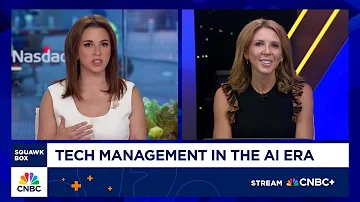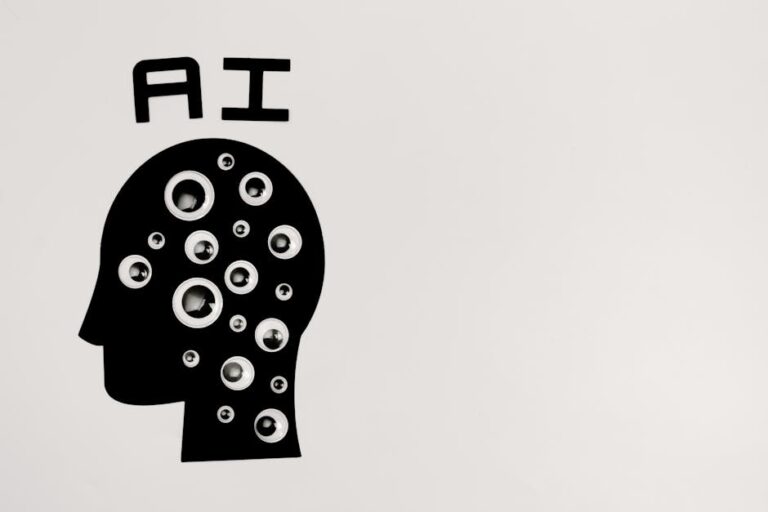Introduction: The New Age of AI Disruption in Tech
Artificial intelligence is no longer just automating routine tasks—it's rapidly reshaping the very structure of leading tech companies. As giants like Alphabet, Amazon, Meta, and Microsoft cut layers of middle management and entry-level roles, the corporate ladder is being rebuilt for the AI era. In this article, we explore how this disruption is changing the workplace, what it means for employees, and actionable insights for navigating this evolving landscape.
The Corporate Shift: Fewer Layers, Faster Decisions
The "Great Flattening" in Big Tech
- Major tech companies are actively reducing middle management, streamlining operations, and creating flatter organizational structures.
- A Yale professor calls this the "great flattening," where the aim is to minimize layers between executives and those building products.
"The jobs most exposed to AI, like coding and accounting, have seen a 13% drop in employment for workers under 25." — Stanford Payroll Data Study
Real Numbers: The Impact of AI on Employment
- 13% decline: Entry-level roles in coding and accounting for workers under 25 have dropped significantly (ADP payroll data).
- 35% reduction: Alphabet cut over a third of its small team managers in the last year.
- 14,000+ jobs: Potential management role cuts projected at Amazon according to Morgan Stanley.
Why Are Tech Giants Cutting Middle Management?
The Drive for Efficiency and Agility
- Mark Zuckerberg's push for a "leaner" Meta is part of a broader industry trend.
- Amazon's Andy Jassy aims to shrink the corporate workforce as generative AI takes over routine processes.
- Companies want to boost the ratio of individual contributors to managers by as much as 15%.
Funding the AI Race
- Cost savings from downsizing management and entry-level roles are redirected towards hiring expensive AI engineers and purchasing AI hardware.
- As an ex-Google HR chief warns, cutting too deep now may create a leadership vacuum in the future.
"Gutting entry-level roles now will leave a hollowed-out pipeline and a shortage of managers later."
The New Organizational Model: Ownership and Nimbleness
Lessons from "The Geek Way"
- Principles like ownership and empowering employees are key organizational values cited in Andrew McAfee's book, "The Geek Way."
- Successful tech companies are moving toward flatter, more autonomous teams, with fewer layers of bureaucracy.
The Rule of Seven: A Boomerang Effect
- Under Eric Schmidt, Alphabet had the "rule of seven"—managers needed at least 7 direct reports to avoid bloat.
- Recent years saw companies stray from this, but AI-driven restructuring is bringing these lean principles back.
Risks and Challenges: The Future of the Corporate Ladder
Pipeline Risks
- Cutting entry-level jobs threatens the future pipeline of managers and leaders.
- The lack of junior talent may cause organizational bottlenecks down the line.
Decision-Making Speed vs. Experience Loss
- Fewer layers can expedite decision-making but may result in loss of mentorship and institutional knowledge.
- The shift puts pressure on existing managers and places a premium on AI engineering talent.
Actionable Tips: Navigating the AI-Driven Workplace
For Employees
- Upskill Continuously: Focus on AI literacy and automation-proof skills.
- Embrace Ownership: Take initiative and demonstrate value beyond routine tasks.
- Seek Mentorship: Proactively build networks in flatter organizations.
For Employers
- Balance Cost Cuts with Talent Development: Avoid gutting the entry-level pipeline completely.
- Invest in Training: Provide reskilling opportunities for existing staff.
- Monitor Organizational Health: Regularly assess the impact of flattening on morale and productivity.
Conclusion: Key Takeaways for the AI Era
The AI disruption sweeping through tech giants is flattening the corporate hierarchy, cutting both entry-level and management roles. While this boosts agility and funds the AI race, it also carries risks of future talent shortages and lost knowledge. For professionals and organizations alike, adaptability, continuous learning, and strategic planning are vital to thrive in this new landscape.
Ready to future-proof your career or organization? Start investing in skills and strategies that align with the AI-powered workplace today.







